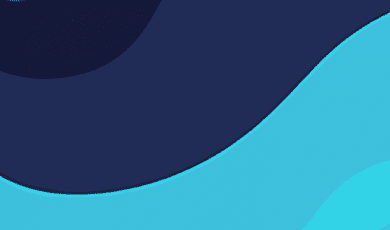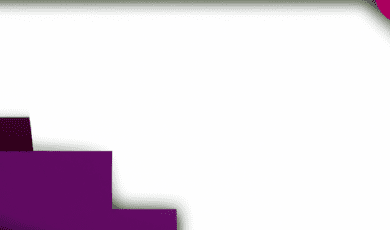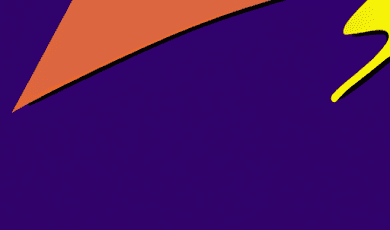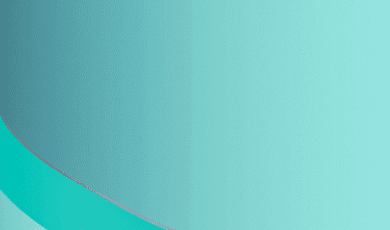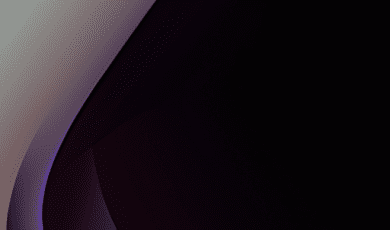
The African continent, with its mosaic of more than 2,000 spoken languages, is a true cultural and linguistic laboratory. This richness—source of diversity and creativity—also represents a major challenge for the continent’s healthcare sector. Every day, healthcare professionals, patients, and communities face language barriers that hinder access to care and the transmission of vital information. In the context of contemporary Africa, where sustainable development and public health are top priorities, breaking down these barriers has become essential.
Through this article, we explore the challenges posed by linguistic barriers in healthcare, the innovative solutions emerging to address them, and the crucial role of life sciences translation services in transforming Africa’s healthcare landscape.
The Challenges of Language Barriers in Africa
In many African countries, the official language—often a legacy of colonization—is spoken by only a minority. Meanwhile, most people, both in rural and urban areas, communicate in local or national languages (Fulfulde, Swahili, Bambara, Lingala, Wolof, Ewe, etc.). This reality presents serious challenges at several levels:
-
Access to medical information: Vaccination, HIV/AIDS, malaria, or Ebola prevention campaigns often fall short of their goals because information is not accessible to all. The same applies to awareness efforts about reproductive health or nutrition.
-
Communication between patients and healthcare workers: Many patients, speaking only local languages, face doctors trained in English, French, or Portuguese—creating misunderstandings and inappropriate care.
-
Scientific research and knowledge sharing: Research findings, clinical protocols, and therapeutic manuals are rarely translated into African languages, limiting the spread of best practices.
These obstacles contribute to deep inequalities in health and development, increasing the vulnerability of already fragile populations.
Innovative Solutions: Interpretation, New Technologies, and Specialized Translation
To tackle these challenges, various stakeholders—governments, NGOs, tech startups, and translation companies—are developing concrete solutions tailored to Africa’s linguistic diversity.
1. The Rise of Community and Remote Interpretation
Community interpretation, carried out by mediators trained in both cultural and linguistic contexts, has proven effective in hospitals and health centers. In addition, remote interpretation platforms powered by mobile technology and the internet now allow patients and practitioners to connect instantly with qualified interpreters, wherever they are.
2. The Key Role of Specialized Life Sciences Translation
Life sciences translation services act as a vital bridge to ensure the safety and cultural relevance of medical messages. Translating a drug leaflet, clinical trial, or mobile health app into Yoruba, Hausa, or Kinyarwanda is not just about words—it’s about preserving meaning, intent, and sometimes inventing new concepts for cultures where they did not previously exist.
These services, provided by experts fluent in both medical terminology and local languages, play a critical role in combating misinformation and promoting informed healthcare access.
3. Technology Serving Multilingual Health
Many African innovations have emerged, including multilingual medical chatbots, epidemic reporting apps in local languages, and translated educational videos. When developed in collaboration with medical translation professionals, these tools make health information accessible and enhance disease prevention.
4. Promoting African Languages in Health Documentation
More and more initiatives are publishing manuals, posters, and podcasts in major African languages. During recent health crises, specific materials were produced in dozens of local languages—proving the strategic importance of such efforts.
Real Impact on Community Health
Let’s look at a few concrete examples:
-
West Africa: During Ebola vaccination campaigns, translating radio messages and information leaflets into local languages significantly increased participation rates and reduced vaccine hesitancy.
-
Nigeria: Educational apps on maternal health translated into Hausa and Yoruba helped prevent pregnancy-related complications.
-
Central Africa: The inclusion of Pygmy interpreters in healthcare facilities reduced the dropout rate for tuberculosis treatment.
These successes show that investment in translation and interpretation—combined with digital solutions—has a measurable, positive impact on public health.
Persistent Challenges and the Road Ahead
Despite progress, challenges remain:
-
Limited financial resources to make translation widely accessible.
-
A lack of medical glossaries in some local languages.
-
The need for more training programs for translators specializing in the life sciences.
-
Greater political awareness of the strategic value of multilingual health communication.
Meeting these challenges requires investment in research and professionalization. Collaborating with medical translation experts and co-creating culturally relevant content will be key to building an inclusive and resilient Africa.
Conclusion
On a continent where hundreds of languages give life to countless stories, healthcare cannot afford to ignore this richness. Breaking language barriers in Africa is not just a matter of accessibility—it’s a matter of dignity, justice, and development. With the rise of inclusive technologies, professional interpreters, and life sciences translation services, Africa is paving the way for a healthier, more connected future—one that meets its challenges with both humanity and innovation.
It is up to us—creators, professionals, decision-makers, and citizens—to choose medical communication that leaves no one behind, no matter their language. Contemporary Africa, diverse and dynamic, has both the resources and the will—it only needs to build the bridges.


